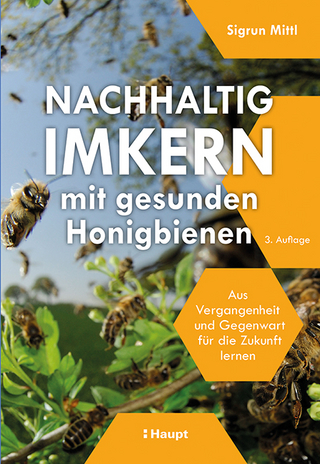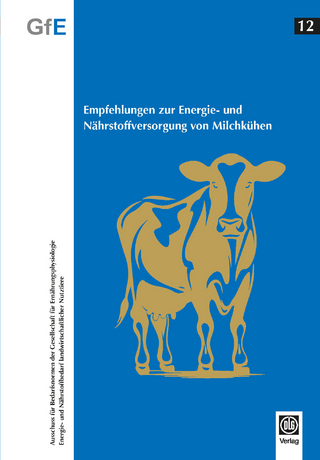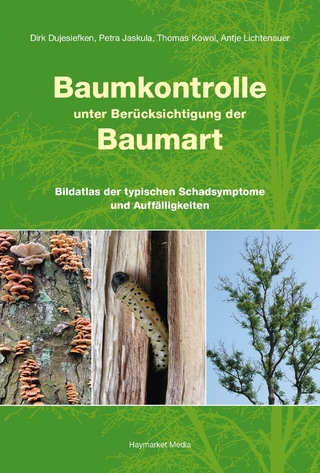
Understanding Wine Chemistry
John Wiley & Sons Inc (Verlag)
978-1-119-89407-0 (ISBN)
The immense variety of wines on the market is the product of multiple chemical processes – whether acting on components arising in the vineyard, during fermentation, or throughout storage. Winemaking decisions alter the chemistry of finished wines, affecting the flavor, color, stability, and other aspects of the final product. Knowledge of these chemical and biochemical processes is integral to the art and science of winemaking.
Understanding Wine Chemistry has served as the definitive introduction to the chemical components of wine, their properties, and their reaction mechanisms. It equips the knowledgeable reader to interpret and predict the outcomes of physicochemical reactions involved with winemaking processes. Now updated to reflect recent research findings, most notably in relation to wine redox chemistry, along with new Special Topics chapters on emerging areas, it continues to set the standard in the subject.
Readers of the second edition of Understanding Wine Chemistry will also find:
Case studies throughout showing chemistry at work in creating different wine styles and avoiding common adverse chemical and sensory outcomes
Detailed treatment of novel subjects like non-alcoholic wines, non-glass alternatives to wine packaging, synthetic wines, and more
An authorial team with decades of combined experience in wine chemistry research and education
Understanding Wine Chemistry is ideal for college and university students, winemakers at any stage in their practice, professionals in related fields such as suppliers or sommeliers, and chemists with an interest in wine.
Andrew L. Waterhouse, PhD, is a Professor in the Department of Viticulture and Enology, University of California, Davis, USA. He is Chair of the Viticulture and Enology graduate studies program, and his research lab has made critical contributions to the chemistry of wine and wine analysis. Gavin L. Sacks, PhD, is Professor in the Department of Food Science, Cornell University, USA. His research is concerned with the development and application of trace-level analyses to foods and beverages, especially wines. He also teaches courses related to wine flavor chemistry and wine analysis. David W. Jeffery, PhD, is Associate Professor in the School of Agriculture, Food and Wine, University of Adelaide, Australia. His research involves the application of chemistry to understanding the links between composition and quality, and formation and fate of molecules, primarily in grape and wine. He also teaches courses related to stabilisation, clarification, and distillation, among others, and contributed to the development and delivery of an online wine education course called World of Wine: From Grape to Glass.
Foreword xiii
Preface xv
Introduction xvii
The chemical diversity of wine xvii
What is wine? xvii
Chemical reactions and stability of wine xx
Chemistry as a historical record xxi
The chemical senses and wine xxiii
Wine chemistry and wine flavor – how do we know what matters? xxiv
References xxvii
Part A Wine Components and Their Reactions 1
1 Water and Ethanol 3
2 Carbohydrates 12
3 Acids 21
4 Minerals 38
5 Amines, Amino Acids, and Proteins 45
6 Higher Alcohols 57
7 Esters 64
8 Isoprenoids 77
9 Aldehydes, Ketones, and Related Compounds 88
10 Thiols and Related Sulfur Compounds 99
11 Introduction to Phenolics 112
12 Volatile Phenols 118
13 Non-flavonoid Phenolics 126
14 Flavan-3-ols and Condensed Tannin 131
15 Flavonols 145
16 Anthocyanins 149
17 Sulfur Dioxide 162
18 Taints, Mycotoxins, and Off-flavors 176
Part B Chemistry of Wine Production Processes 187
19 Outline of Wine Production 189
20 Grape Must Composition Overview 200
21 Maceration and Extraction of Grape Components 209
22 The Biochemistry of Wine Fermentations 229
23 Grape-Derived Aroma Precursors 276
24 Wine Redox Chemistry 318
25 Topics Related to Aging 345
26 The Chemistry of Post-fermentation Processing 372
27 Additives and Processing Aids 436
Part C Case Studies: Recent Advances inWine Chemistry 445
28 Authentication 447
29 Natural Wines 457
30 Wine Packaging – Alternatives to Glass 463
31 Synthetic Wine 470
32 Analysis inWine Research: Current and Emerging Approaches 478
33 Alternative Aging Approaches 497
References 502
Index 505
| Erscheinungsdatum | 04.07.2024 |
|---|---|
| Verlagsort | New York |
| Sprache | englisch |
| Maße | 211 x 259 mm |
| Gewicht | 1474 g |
| Themenwelt | Technik |
| Weitere Fachgebiete ► Land- / Forstwirtschaft / Fischerei | |
| ISBN-10 | 1-119-89407-7 / 1119894077 |
| ISBN-13 | 978-1-119-89407-0 / 9781119894070 |
| Zustand | Neuware |
| Haben Sie eine Frage zum Produkt? |
aus dem Bereich


